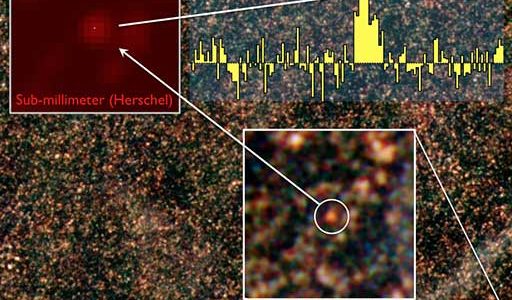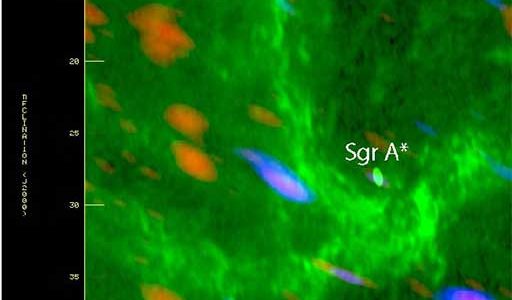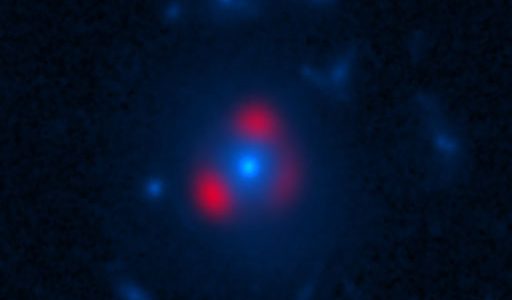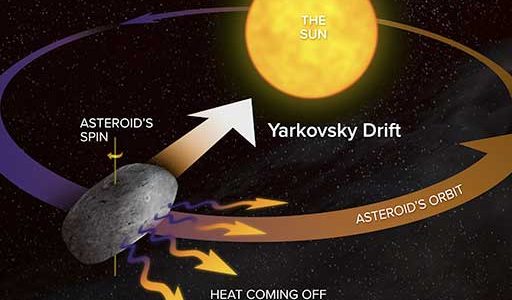Latest NRAO News
News is managed by NRAO News & Public Information. Questions about News? Have a story to share? Want to interview a scientist or create new media about our telescopes?

Astronomers using a world-wide collection of telescopes have discovered the most prolific star factory in the Universe, surprisingly in a galaxy so distant that they see as it was when the Universe was only six percent of its current age.

Astronomers using the Atacama Large Millimeter/submillimeter Array have discovered signs of star formation perilously close to the supermassive black hole at the center of the Milky Way Galaxy.

Astronomers using the Atacama Large Millimeter/submillimeter Array telescope have discovered starburst galaxies earlier in the Universe’s history than they were previously thought to have existed.

ALMA, the Atacama Large Millimeter/submillimeter Array, was officially inaugurated today in a ceremony that brought together representatives from the international astronomical community.

Using new technology at the telescope and in laboratories, researchers have discovered an important pair of prebiotic molecules in interstellar space.

The record-setting close approach of an asteroid on February 15 is an exciting opportunity for scientists, and a research team will use National Radio Astronomy Observatory and NASA telescopes to gain a key clue that will help them predict the future path of this nearby cosmic neighbor.





